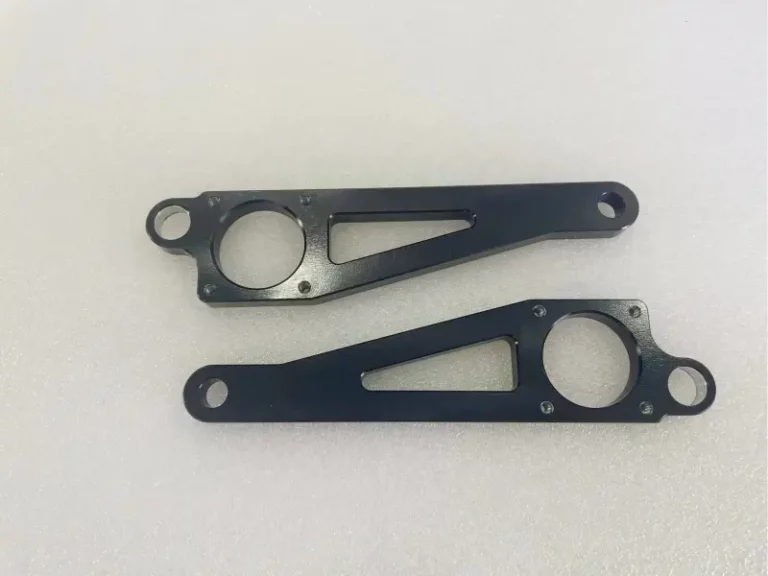RECENT POSTS
Share:
- September 19, 2024
Table of Contents
Comparison Between X-ray and Automated Optical Inspection
Producing high-quality PCBs and PCBAs requires meticulous attention to detail, especially during the soldering process. Solder joints connect electronic components to the board, and any imperfections in these connections can lead to malfunctioning devices. Here’s where inspection techniques like X-ray solder joint inspection and Automated Optical Inspection (AOI) come into play.
Both X-ray and AOI play critical roles in ensuring the quality and reliability of your PCBAs, but they offer distinct advantages and limitations.
Automated Optical Inspection (AOI)
AOI is a widely used non-destructive inspection technique that utilizes high-resolution cameras to analyze the surface of a PCB or PCBA.

Function: AOI primarily focuses on identifying surface-level defects. This includes:
- Missing or misplaced components
- Incorrect component orientation
- Insufficient or excessive solder paste
- Bridging (solder connecting unintended pads)
- Opens (incomplete solder connections)
- Component lead defects
Benefits: AOI offers several advantages, including:
- Speed and Efficiency: AOI is a high-speed inspection method, making it ideal for high-volume production lines.
- Cost-Effectiveness: Compared to X-ray solder joint inspection, AOI systems are generally less expensive.
- Non-Destructive: The process is non-destructive, meaning it doesn’t harm the PCB or its components.
Limitations: Despite its benefits, AOI has limitations:
- Limited Visibility: AOI cannot see through components or solder joints, making it ineffective for detecting internal defects.
- Lighting Dependence: The effectiveness of AOI can be affected by lighting conditions and the reflectivity of components.
X-Ray Solder Joint Inspection
X-ray solder joint inspection utilizes X-ray radiation to penetrate through the PCB and components. This allows for a more comprehensive evaluation of solder joints.

Function: X-ray inspection excels at identifying internal defects within solder joints, including:
- Voids (air pockets) within the solder
- Cracks or fractures in the solder joint
- Improper solder wetting (solder not adhering properly to pads)
- Insufficient solder volume
- Internal component damage
Benefits: X-ray inspection offers several advantages over AOI:
- Comprehensive Inspection: X-ray provides a more thorough examination of solder joints, revealing internal defects hidden from AOI.
- Versatility: X-ray inspection can be used for a wider range of PCB and PCBA types, including those with complex or densely populated components.
Limitations: X-ray inspection also has some limitations:
- Cost: X-ray inspection systems typically require a higher initial investment compared to AOI.
- Safety: X-ray radiation requires proper safety protocols and equipment to protect operators.
- Slower Inspection Speed: X-ray inspection tends to be slower than AOI.
Choosing the Right Inspection Method
The ideal inspection method for your PCB or PCBA depends on your specific requirements. Here are some factors to consider:
- Complexity of the PCB: For more complex PCBs with densely packed components, X-ray solder joint inspection is often preferred for its in-depth analysis.
- Required level of detail: If you need to identify potential internal defects within solder joints, X-ray inspection provides a more comprehensive view.
- Budgetary considerations: AOI generally represents a more cost-effective option, while X-ray offers superior defect detection at a higher cost.
- Production volume: For high-volume production lines, the speed of AOI might be a more critical factor.
Modern manufacturers utilize a combination of advanced inspection techniques, including X-ray solder joint inspection to help achieve the optimum results.
0


